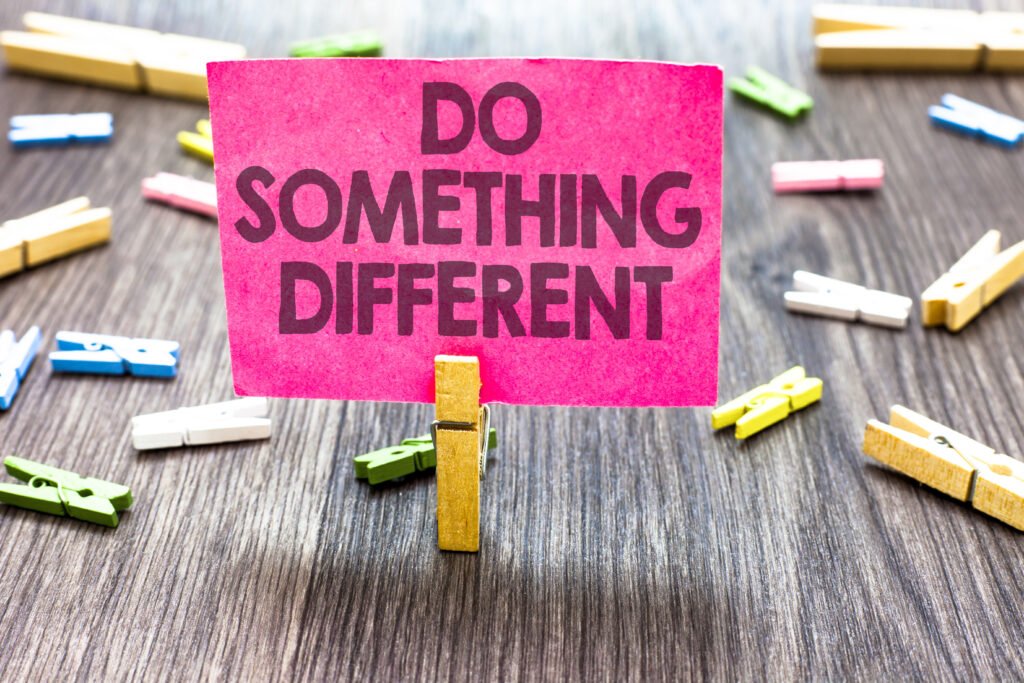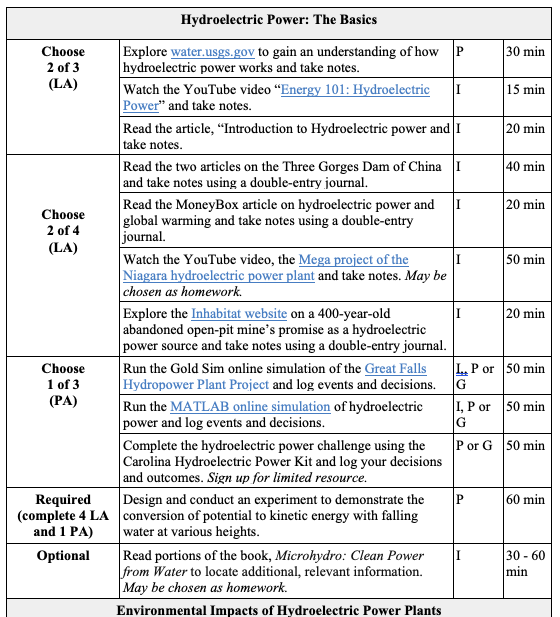Let’s face it, school provides students with two invaluable benefits: academic growth and socialization. With students thrust into learning from home in spring 2020, both of those expected outcomes of school suffered. Now we have to face a new reality. On the days when students are in school:
Teachers expect to “teach” their students all the lessons they need!
Students can’t wait to socialize with their peers!
Uh oh! If on the days students are in school they are expected to sit and follow along with teachers’ lessons and lectures, they are going to be missing out on the important SEL skills that school builds!
Moreover, we already know that whole-class instruction in skills is largely ineffective, as students are all cognitively in different places and have different learning styles.
But what if you could have it all? You can!

Consider an important piece of the hybrid learning model — the rethinking of synchronous instruction. Teachers . . .
- Record a short (1- to 2-min.) “benchmark lesson” video to prime students for learning the content. Here’s an example of a benchmark lesson to prime students to learn about the butterfly life cycle in the problem-based unit Butterfly Garden. Students watch this independently, whether at home or in school.
- Prepare an activity list of differentiated opportunities to learn. Students select learning activities to begin to build an understanding of the content: text, video, websites, hands-on activities, and more. Those activities might include a video filmed by you or a small-group, live lesson held by you for five or six students who might be in class or at home. Here are two sample activity lists:

3. Hold a “benchmark discussion” with half of the class. Discussions are hard with large groups, so split the class! If you have students joining you on a hybrid schedule, hold your benchmark discussions when they are in school. If schools are operating remotely, conduct this benchmark discussion online. The key is to engage students in talking about what they’ve learned and solidify learning. Students will be more confident in the discussion because they are joining after having grappled with the content. In a hybrid learning environment, teachers need to develop the new superpowers of being an explorer, analyzer, synthesizer, and catalyst as they facilitate the conversation.
4. Have students return to the activity list to work on practice, application, assessment, and reflection activities.
During in-class time, students can engage in collaborative activities, small-group discussions, and small-group instruction. They will gain from the expertise of teachers facilitating learning. They will build self-awareness and social awareness (SEL). They will thrive being part of a vibrant learning community. Make your classroom more like a marketplace than a factory! Do something different! Change the world!
Additional Resources:
- Join our Virtual Learning Community (VLC) on Hybrid Learning Environments — an online course with flexible hours of engagement, working with consultants to help you design the future of education!
